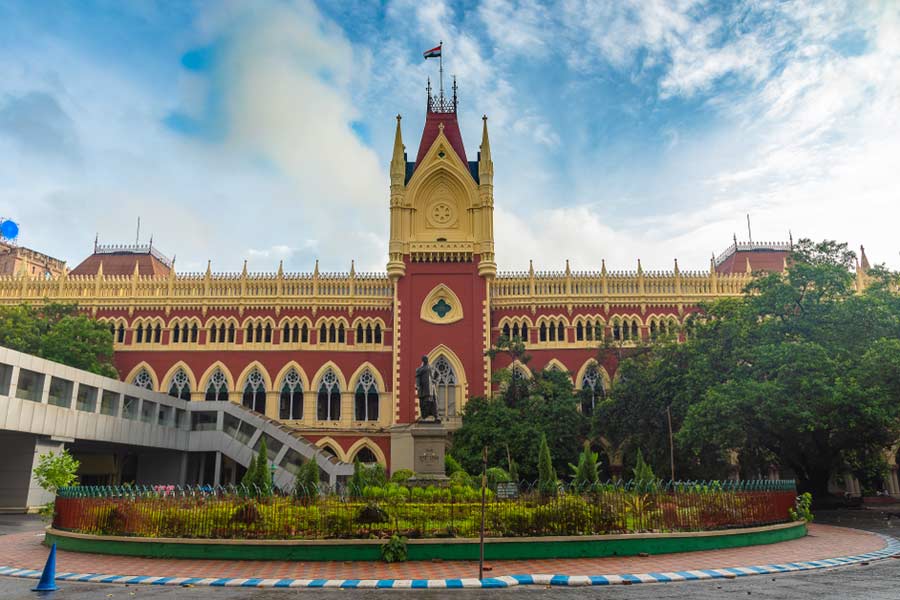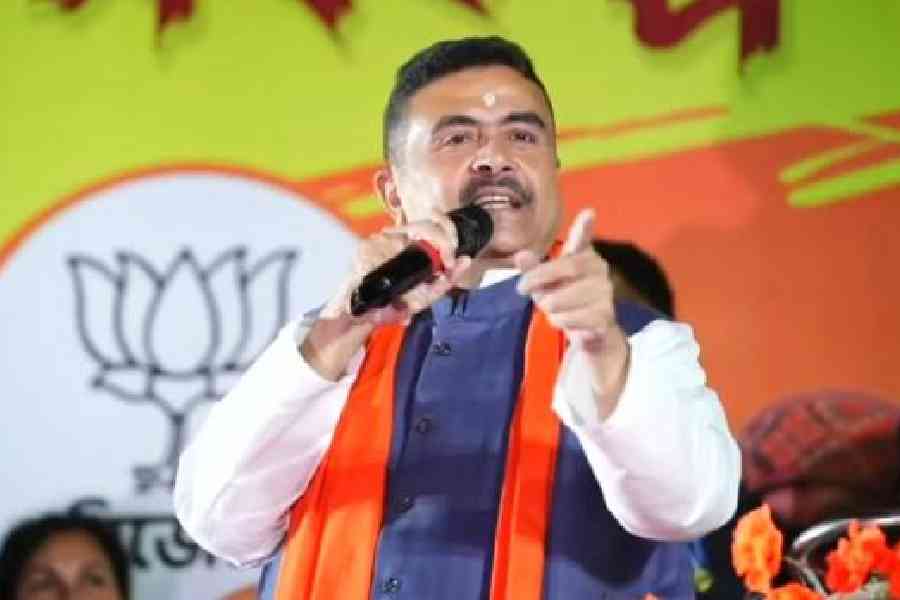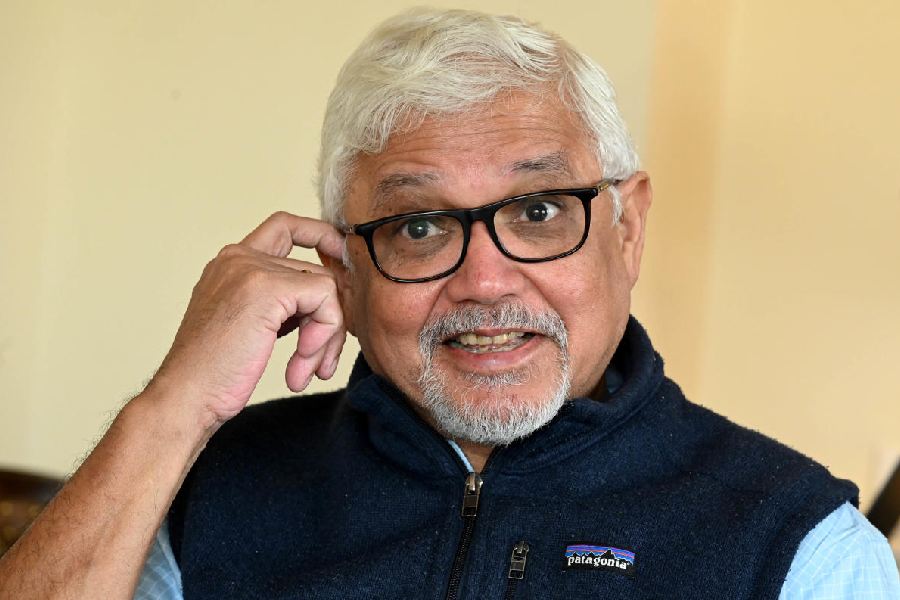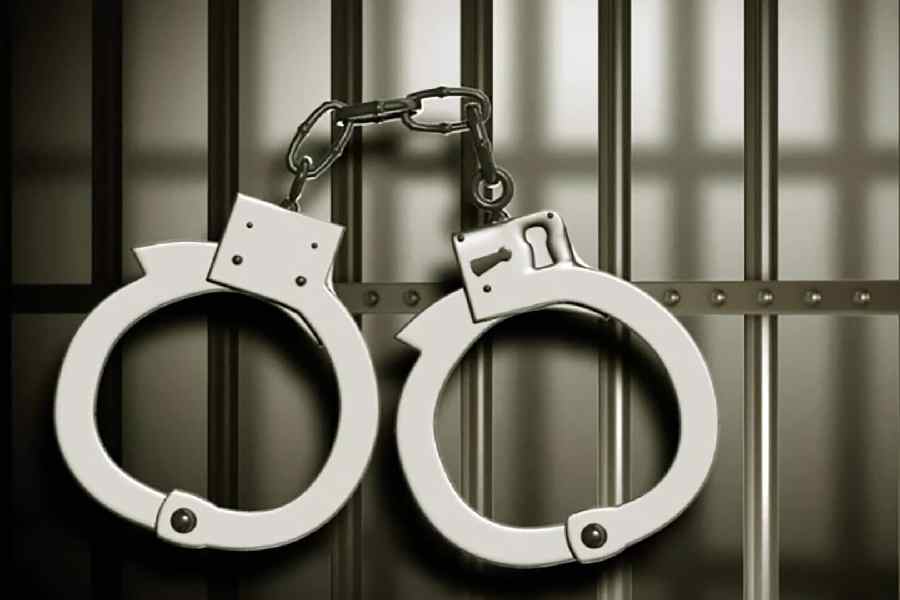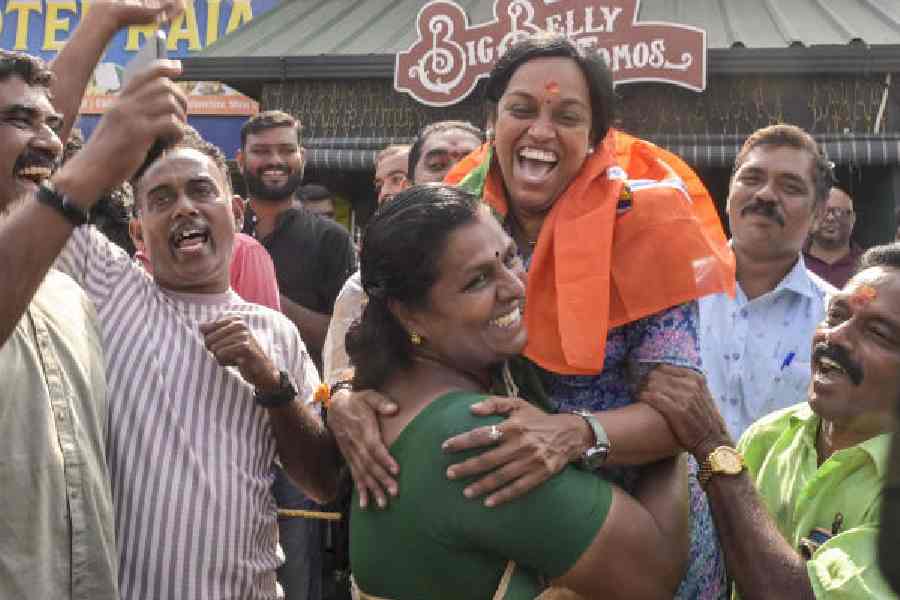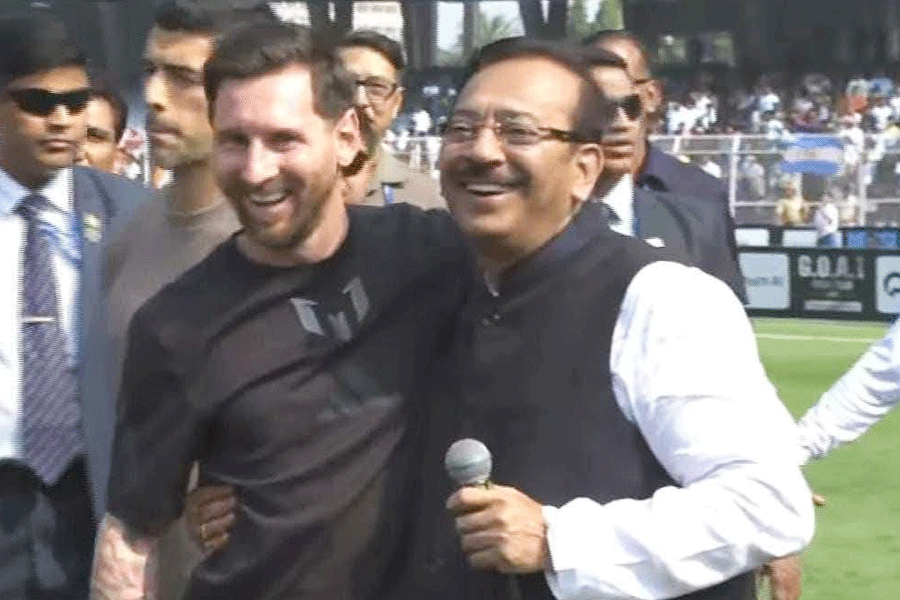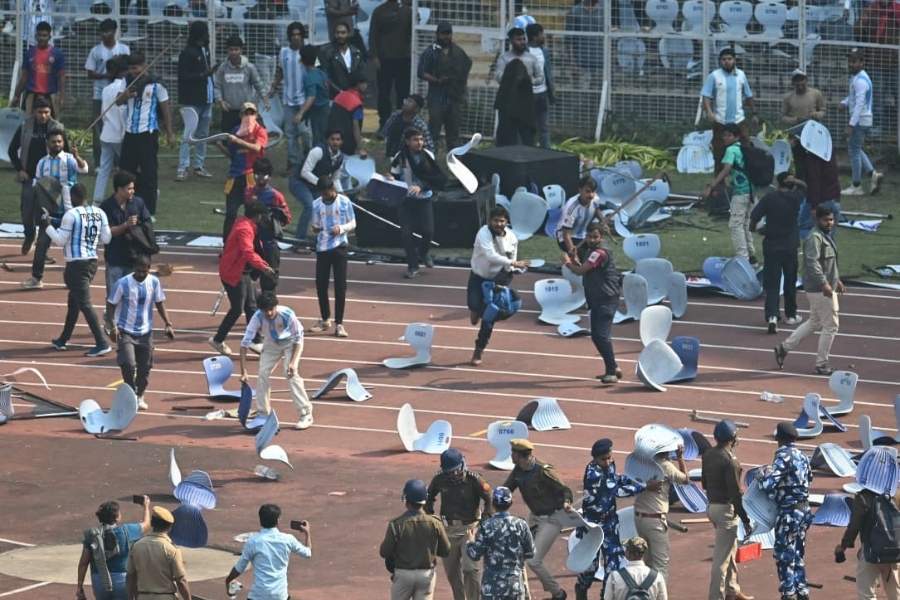Calcutta High Court on Monday asked the Bengal government to set up a special investigating team (SIT), monitored by the DIG CID and ADG CID, to probe the allegedly mysterious deaths of two BJP activists at Khejuri, East Midnapore, on July 12.
“The probe by the SIT will be monitored by DIG CID and ADG CID, the committee will have to file a progress report before this court after four weeks,” said Justice Tirthankar Ghosh.
Justice Ghosh issued the order after marked differences were found between
the reports of the first and second autopsies.
“The reports of the first and second post-mortems are not totally tallying. Fair adjudication into the matter has become impossible at this juncture. There is a need for a fresh and thorough investigation into the death cases,” Justice Ghosh remarked, issuing the order.
The lawyer appearing for the petitioners — the bereaved families — said they had no faith in the state police and wanted a CBI probe.
In reply, Justice Ghosh said: “At this moment, there is no need to hand over the probe into the deaths to the CBI. But if it is needed in future, the case may be handed over to the CBI.”
Sudhir Chandra Paik, 65, and Sujit Das, 26, were found dead at a fair organised by a community in their religious festival.
After autopsy, the state declared that the duo were accidentally electrocuted by a fallen electric post.
But the East Midnapore BJP leadership believed there was foul play. Leader of the Opposition Suvendu Adhikari called it a clear case of murder. The families moved Calcutta High Court demanding new post-mortems.
As a single bench judge didn’t accept the plea, petitioners moved the division bench headed by Justice Debangshu Basak. It directed the SSKM superintendent to form a board of at least three senior doctors for fresh post-mortems and directed the East Midnapore police chief to submit the new reports in a sealed cover to Justice Ghosh.
When the new post-mortem reports were produced before Justice Ghosh’s bench, the judge found that they did not fully match the previous reports.
The advocate general tried to convince the court that sometimes a fresh post-mortem did slightly differ from the previous one.
However, Justice Ghosh said: “It is a fact that fresh post-mortem reports did not totally tally with the previous ones. The first post-mortem of the bodies was conducted by a doctor, while the fresh post-mortems were conducted by a board of three doctors. So the court should be more sure before coming to a conclusion.”
When the new post-mortem reports were produced before Justice Ghosh’s bench, the judge found that they did not fully match the previous reports.
The advocate general tried to convince the court that sometimes a fresh post-mortem did seem slightly different from the previous one.
But Justice Ghosh said: “The court should try its level best so the justice-seekers have faith in the judiciary.”
“It is a fact that fresh post-mortem reports did not totally tally with the previous ones. The first post-mortem of the bodies was conducted by a doctor, while the fresh post-mortems were conducted by a board of three doctors. So the court should be more sure before coming to a conclusion,” Justice Ghosh said.

